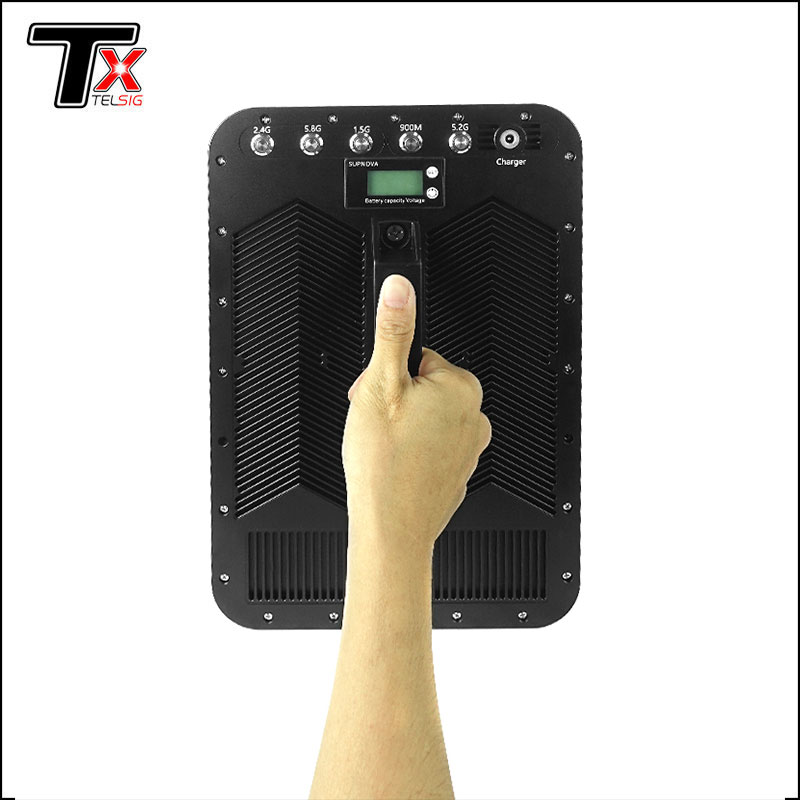Key points about drone jammers
2023-12-29
A drone jammer is a device designed to disrupt the communication and control signals of unmanned aerial vehicles (UAVs) or drones. These devices are employed as countermeasures to mitigate the potential threats posed by drones, especially in sensitive areas or events where unauthorized drone flights could be a security concern. Here are key points about drone jammers:
1. Purpose:
- Drone jammers are used to neutralize the operation of drones by interfering with their communication systems.
- They disrupt the radio frequency (RF) signals that drones use for remote control and communication with their operators.
2. Operating Principle:
- Drone jammers typically work by emitting powerful radio signals on the same frequencies used by drones for communication.
- The jamming signals overpower or interfere with the legitimate signals, preventing the drone from receiving commands from its operator.
3. Frequency Bands:
- Drone jammers are designed to cover specific frequency bands used by common drone communication protocols.
- Drones may operate on frequencies within the 2.4 GHz and 5.8 GHz bands, which are also used by Wi-Fi and other wireless devices.
4. Types of Jamming:
- Selective Jamming: Targeting specific frequencies used by drones while allowing other wireless communication to continue.
- Broadband Jamming: Disrupting a wide range of frequencies, potentially affecting multiple communication systems.
5. Detection and Tracking:
- Some advanced drone jammer systems include detection and tracking capabilities.
- They can identify the presence of drones and provide information about their location to security personnel.
6. Range:
- The effective range of a drone jammer depends on its power and design.
- High-power jammers may have a longer range but could also potentially interfere with nearby legitimate communications.
7. Legality:
- The use of drone jammers is subject to legal restrictions in many jurisdictions.
- In some cases, the operation of jamming devices may be regulated or prohibited due to concerns about potential interference with other communication systems.
8. Security Concerns:
- Unauthorized or indiscriminate use of drone jammers can raise security concerns, as they have the potential to disrupt critical communication systems in the vicinity.
9. Alternative Countermeasures:
- Other countermeasures against unauthorized drones include detection systems (radar, cameras), interception devices (drone capture nets), and regulatory measures (geofencing, drone registration).
10. Application Areas:
- Drone jammers find applications in various areas, including securing critical infrastructure, protecting public events, and safeguarding sensitive locations.
11. Technology Advancements:
- Ongoing advancements in drone technology may lead to the development of counter-countermeasures, prompting a continuous evolution of drone jammer technology.
It's important to note that while drone jammers can be effective in disrupting drone operations, their use should be approached with caution and compliance with relevant laws and regulations. Additionally, as drone technology evolves, the countermeasures against unauthorized drone activities will likely continue to advance as well.



